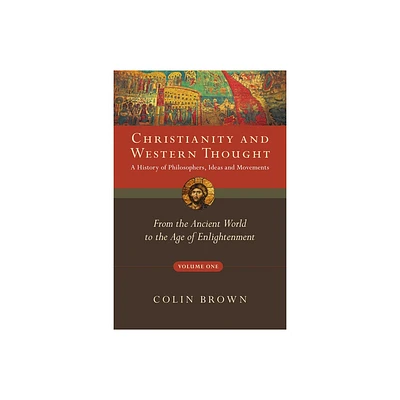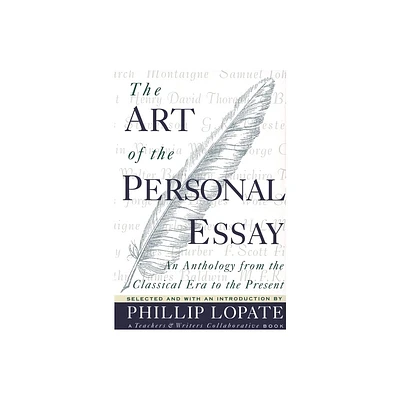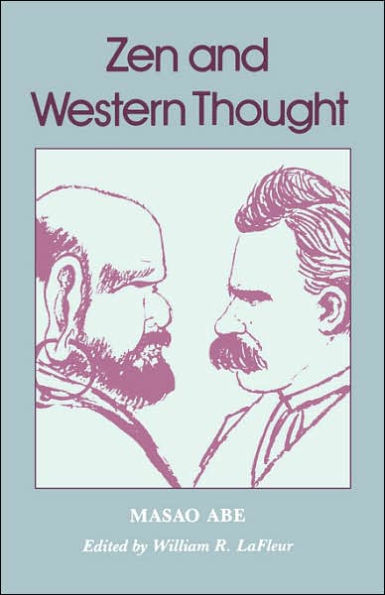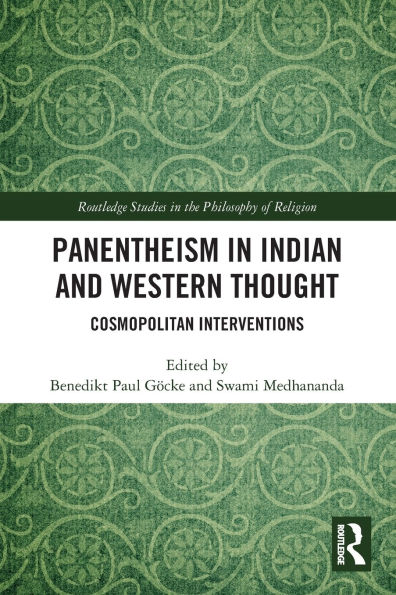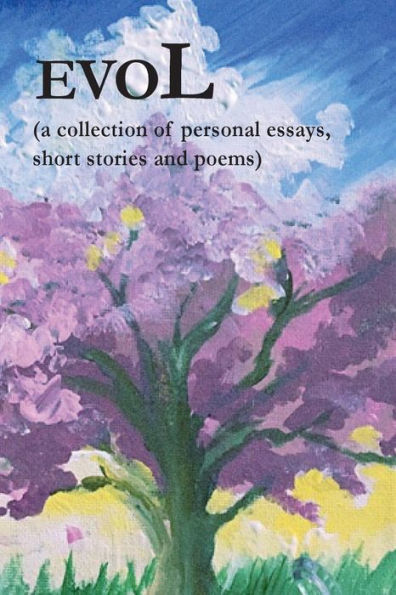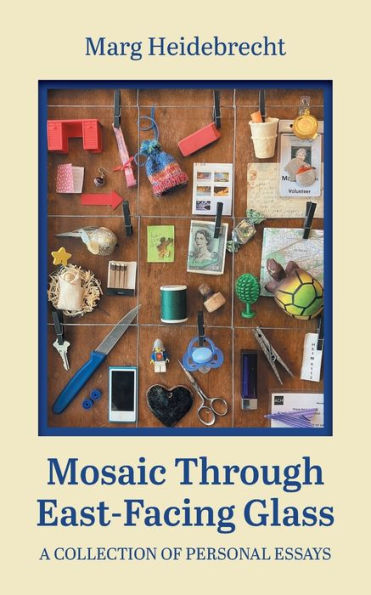Home
Paranoia and Contentment: A Personal Essay on Western Thought
Loading Inventory...
Barnes and Noble
Paranoia and Contentment: A Personal Essay on Western Thought
Current price: $42.00
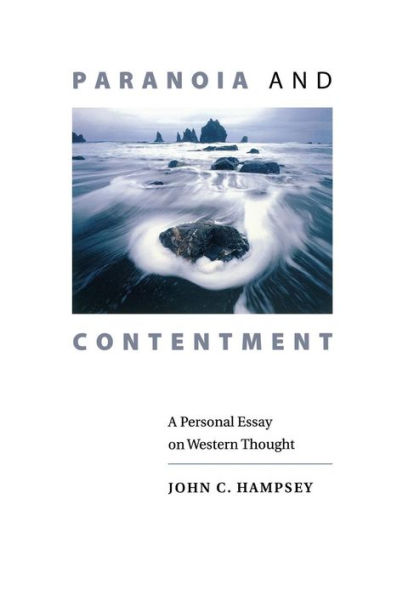

Barnes and Noble
Paranoia and Contentment: A Personal Essay on Western Thought
Current price: $42.00
Loading Inventory...
Size: OS
*Product Information may vary - to confirm product availability, pricing, and additional information please contact Barnes and Noble
A hybrid in both content and style,
Paranoia and Contentment
is a bold and original investigation into Western intellectual history. John Hampsey approaches paranoia not as a clinical term for an irrational sense of persecution but from a uniquely positive perspective, as a cultural truth—a way of understanding the history of human thought and perhaps the best way to describe Being itself.
Hampsey turns first to the ancient Greeks to explore the origin of the concept of paranoia. "Paranoia"—literally "beside the mind"—was the Greeks’ primarily negative term for thinking outside the usual thought processes, or beyond reason. Working from this classical definition, Hampsey sees paranoia operating in two distinctly different ways. First there is the paranoic, his name for off-track thinking that is expansive, creative, even visionary. This is opposed to the paranoidic, which is motivated by fear, delusion, and a pursuit of contentment so obsessive that it has crippled human imagination and diminished tolerance of those who are perceived to threaten that contentment. The distinction is especially significant because the paranoidic so dominates Western thought and culture that paranoic thinking has become nearly lost to us.
Hampsey seeks to recover this expansive mode of thought by tracing an arc of paranoic moments in Western culture. Abraham, Jesus, Socrates, Hypatia, Joan of Arc, Goethe, Blake, Kierkegaard, Schreber—these are only a few among the many figures whom the author examines in order to isolate moments in Western intellectual history when paranoic vision temporarily breaks through the barriers of paranoidic fear. The book’s analyses and inquiries are joined by anecdotal interludes in which Hampsey applies the conflicting concepts of paranoic and paranoidic to revealing moments in his own life. As humanly engaging as it is erudite, Paranoia and Contentment seeks to reclaim paranoic thinking as a crucial part of our consciousness and an indispensable component to understanding our cultural history.
Paranoia and Contentment
is a bold and original investigation into Western intellectual history. John Hampsey approaches paranoia not as a clinical term for an irrational sense of persecution but from a uniquely positive perspective, as a cultural truth—a way of understanding the history of human thought and perhaps the best way to describe Being itself.
Hampsey turns first to the ancient Greeks to explore the origin of the concept of paranoia. "Paranoia"—literally "beside the mind"—was the Greeks’ primarily negative term for thinking outside the usual thought processes, or beyond reason. Working from this classical definition, Hampsey sees paranoia operating in two distinctly different ways. First there is the paranoic, his name for off-track thinking that is expansive, creative, even visionary. This is opposed to the paranoidic, which is motivated by fear, delusion, and a pursuit of contentment so obsessive that it has crippled human imagination and diminished tolerance of those who are perceived to threaten that contentment. The distinction is especially significant because the paranoidic so dominates Western thought and culture that paranoic thinking has become nearly lost to us.
Hampsey seeks to recover this expansive mode of thought by tracing an arc of paranoic moments in Western culture. Abraham, Jesus, Socrates, Hypatia, Joan of Arc, Goethe, Blake, Kierkegaard, Schreber—these are only a few among the many figures whom the author examines in order to isolate moments in Western intellectual history when paranoic vision temporarily breaks through the barriers of paranoidic fear. The book’s analyses and inquiries are joined by anecdotal interludes in which Hampsey applies the conflicting concepts of paranoic and paranoidic to revealing moments in his own life. As humanly engaging as it is erudite, Paranoia and Contentment seeks to reclaim paranoic thinking as a crucial part of our consciousness and an indispensable component to understanding our cultural history.
